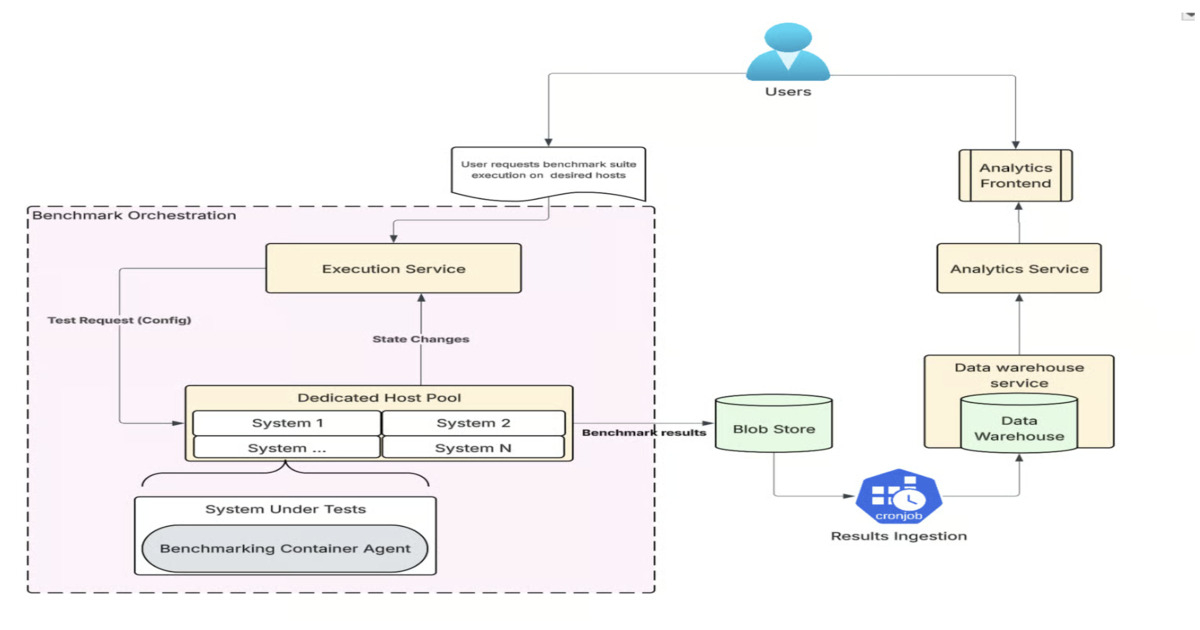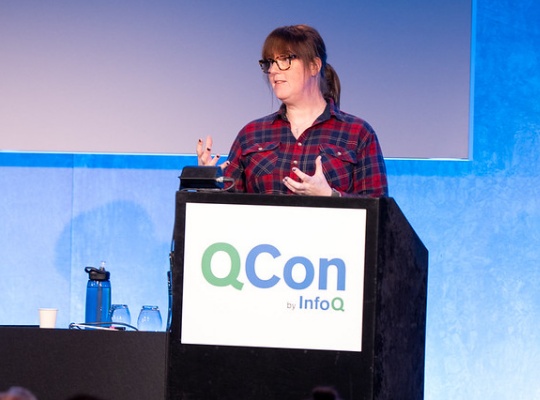Codetown
Codetown ::: a software developer's community
Kotlin Thursdays - Kotlin Koans with Ben Rodriguez Part 2
Kotlin Thursdays: Kotlin Koans with Ben Rodriguez
Part 1 here: https://codetown.com/group/kotlin/forum/topics/kotlin-thursdays-kot...
Welcome, all to another week of Kotlin Thursdays. In this week we are going to dive deeper into Kotlin Koans and like all koans, this one is going to get more difficult. This week we are going to cover default arguments, lambdas, strings and data classes. These koans are a great way to get into functional programming and learn about the kotlin syntax.
Within default arguments, we are going to you will see how kotlin can take declare an argument at the beginning of the function. Using this notation at the beginning of the function for some makes the code easier to read and support. Having the declarations at the top also reduces the lines of code so there is less sifting through lines. I learned how to do this type of declarations earlier and I always preferred that style.
Lambdas are still confusing to me. My first introduction into lambdas was playing with them on Amazon Web Services. I then saw that lambdas popped up in Java 7 and 8. I’m glad I can see them again here. I was a little confused about the “it” convention which confused me. When I read through the function from right to left the use of ‘it” makes perfect sense.
Strings glorious strings yes I sing this out loud often. This koan teaches us about string literals and string templates and how to use them. I weird but for some reason, this koan makes me happy. I think when I started down my Kotlin journey this is where things started making sense to me.
The last koan we explore is the data class. Within the data class koan we see some the readability of Kotlin shine. We are given a class in java and then rewriting the class in kotlin and as you might have guess writing in Kotlin is cleaner.
I hope you enjoy the Kotlin Thursdays episode!
For this walkthrough, you will need to install the EduTools plugin into IntelliJ!
https://www.jetbrains.com/help/education/install-edutools-plugin.html?section=IntelliJ%20IDEA
Here is another overview of what we are doing -
https://www.jetbrains.com/help/education/learner-start-guide.html?s...
Websites and Courses
Think of these resources as supplemental if you happen to be more curious. We always encourage looking into documentation for things you use!
- Udemy “Kotlin for Beginners: Learn Programming With Kotlin”: https://www.udemy.com/kotlin-cou...
- Treehouse ”Kotlin for Java Developers”: https://teamtreehouse.com/librar...
- Pluralsight “Kotlin Fundamentals”: https://www.pluralsight.com/cour...
- Most popular Kotlin projects, libraries and other frameworks: https://kotlinlang.org/docs/reso...,
- Kotlin Koans: https://kotlinlang.org/docs/tutorials/koans.html
- Coursera "Kotlin for Java Developers": https://www.coursera.org/learn/kotlin-for-java-developers
Books
- Kotlin in Action by “Dmitry Jemerov and Svetlana Isakova”
- Hands on Microservices with Kotlin by “Juan Antonio Medina Iglesias”
Tags:
Replies to This Discussion
-
Permalink Reply by Michael Levin on November 15, 2018 at 4:16pm
-
Super! Can’t wait to work through it!
-
Notes
Welcome to Codetown!
 Codetown is a social network. It's got blogs, forums, groups, personal pages and more! You might think of Codetown as a funky camper van with lots of compartments for your stuff and a great multimedia system, too! Best of all, Codetown has room for all of your friends.
Codetown is a social network. It's got blogs, forums, groups, personal pages and more! You might think of Codetown as a funky camper van with lots of compartments for your stuff and a great multimedia system, too! Best of all, Codetown has room for all of your friends.
Created by Michael Levin Dec 18, 2008 at 6:56pm. Last updated by Michael Levin May 4, 2018.
Looking for Jobs or Staff?
Check out the Codetown Jobs group.
InfoQ Reading List
Uber Adopts Amazon OpenSearch for Semantic Search to Better Capture User Intent

To improve search and recommendation user experiences, Uber migrated from Apache Lucene to Amazon OpenSearch to support large-scale vector search and better capture search intent. This transition introduced several infrastructure challenges, which Uber engineers addressed with targeted solutions.
By Sergio De SimoneBenchmarking Beyond the Application Layer: How Uber Evaluates Infrastructure Changes and Cloud Skus

Uber’s Ceilometer framework automates infrastructure performance benchmarking beyond applications. It standardizes testing across servers, workloads, and cloud SKUs, helping teams validate changes, identify regressions, and optimize resources. Future plans include AI integration, anomaly detection, and continuous validation.
By Leela KumiliPresentation: Changing Power Dynamics: What Senior Engineers Can Learn From Junior Engineers

Beth Anderson discusses the "power distance index" and its critical role in communication. Using the Korean Air Flight 801 tragedy as a case study, she explains the dangers of hierarchy-driven silence. She shares actionable frameworks for building the 4 stages of psychological safety, implementing reverse mentoring, and using PRs as tools for knowledge sharing rather than gatekeeping.
By Beth AndersonPodcast: Effective Mentorship and Remote Team Culture with Gilad Shoham

In this podcast, Shane Hastie, Lead Editor for Culture & Methods, spoke to Gilad Shoham about building effective mentorship relationships, leading fully distributed teams and the evolving role of developers in an AI-augmented future.
By Gilad ShohamBeyond Win Rates: How Spotify Quantifies Learning in Product Experiments

Spotify has introduced the Experiments with Learning (EwL) metric on top of its Confidence experimentation platform to measure how many tests deliver decision-ready insights, not just how many “win.” EwL captures both the quantity and quality of learning across product teams, helping them make faster, smarter product decisions at scale. The outcome must support one action: ship, abort, or iterate.
By Olimpiu Pop
© 2025 Created by Michael Levin.
Powered by
![]()